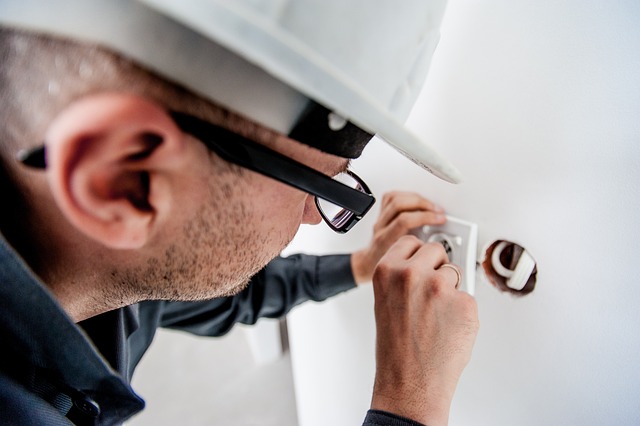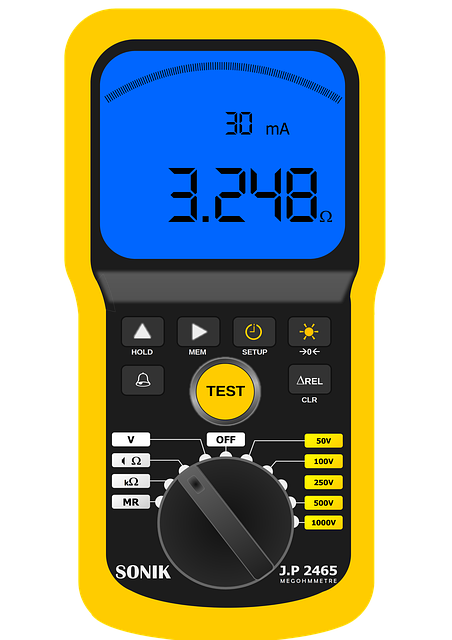When deciding on repairing or replacing electrical components like switches, receptacles, and outlets, consider their age, condition, and functionality. If damaged or nearing their typical lifespan (10-20 years), replacement is recommended. Complex issues like frequent tripping or burning smells suggest deeper wiring problems requiring replacement for safety. A seasoned electrician can assess, diagnose, recommend replacements, and handle repairs, ensuring your home's electrical system remains safe and efficient. For basic maintenance as a DIY project, prioritize safety by turning off power at the main panel, test for voltage, inspect for damage, make repairs or replacements with a screwdriver, and double-check connections. Skip hiring an electrician for simple fixes to save time and money.
Considering repairing or replacing switches, receptacles, and outlets? You don’t need to be an electrician to maintain these essential components, but knowing when to swap them out is crucial. This guide covers everything from identifying faulty parts to a step-by-step process for safe, effective DIY maintenance. Learn when it’s time to call a professional and master basic electrical repairs to keep your home’s wiring in top shape.
- Understanding When to Repair or Replace Electrical Components
- Step-by-Step Guide: Performing the Switch, Receptacle, and Outlet Maintenance Yourself
Understanding When to Repair or Replace Electrical Components

When deciding whether to repair or replace electrical components like switches, receptacles, and outlets, it’s crucial to consider their age, condition, and functionality. A seasoned electrician can help assess these factors. If these parts are showing signs of damage, such as burning marks, loose connections, frequent malfunction, or if they’ve reached the end of their lifespan (typically around 10-20 years), replacement might be the best option. Repairs can often address minor issues like a flickering light switch or a loose outlet, saving you money and hassle in the short term.
However, complex problems like frequent tripping, arcing, or burning smells usually indicate a deeper issue within the wiring. In these cases, replacement is generally recommended to ensure safety and prevent further damage. An electrician can perform diagnostic tests to pinpoint the problem, recommend suitable replacements, and handle any necessary repairs, ensuring your home’s electrical system remains safe and efficient.
Step-by-Step Guide: Performing the Switch, Receptacle, and Outlet Maintenance Yourself

Performing switch, receptacle, and outlet maintenance yourself can be a rewarding DIY project, saving you time and money—no need to call an electrician for simple repairs. Here’s a step-by-step guide to help you get started:
1. Safety First: Turn off the power at your main electrical panel before beginning any work. Use a voltage tester to ensure there’s no electricity flowing through the circuit. Protect yourself with insulated gloves and safety goggles.
2. Identify the Issue: Inspect the switch, receptacle, or outlet for signs of damage such as burning, melting, or corrosion. Tighten loose connections, replace damaged parts, or install new switches, receptacles, or outlets using a screwdriver or appropriate tools. Double-check all connections after installation and ensure they are secure.
When it comes to maintaining your home’s electrical system, knowing when to repair or replace switches, receptacles, and outlets is crucial. By following the steps outlined in this article, you can perform basic maintenance yourself, saving time and money. Remember, if you’re ever unsure or face complex issues, an electrician is always a reliable resource to ensure your home’s safety.
